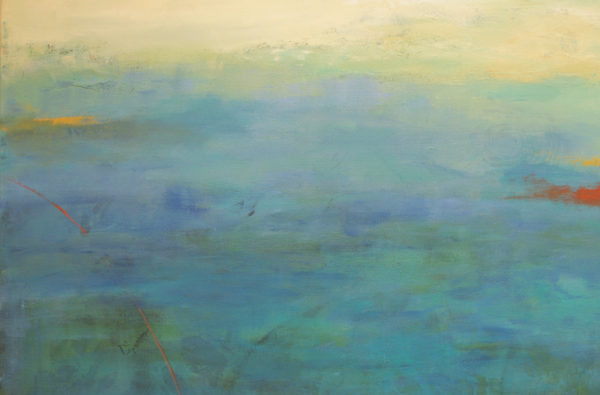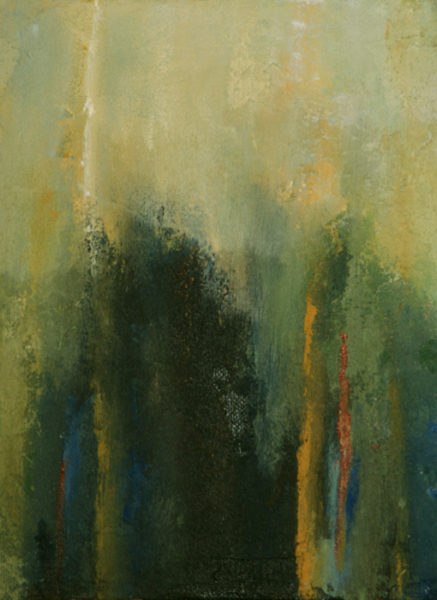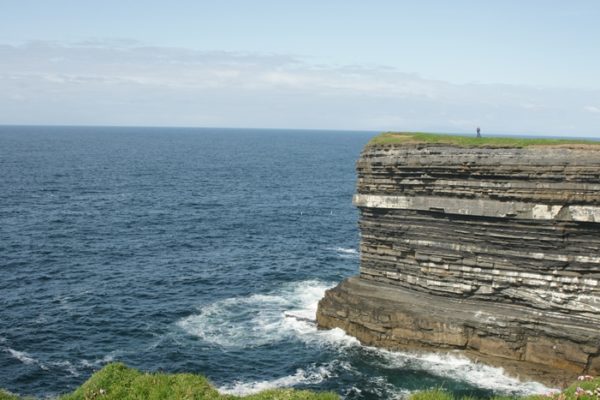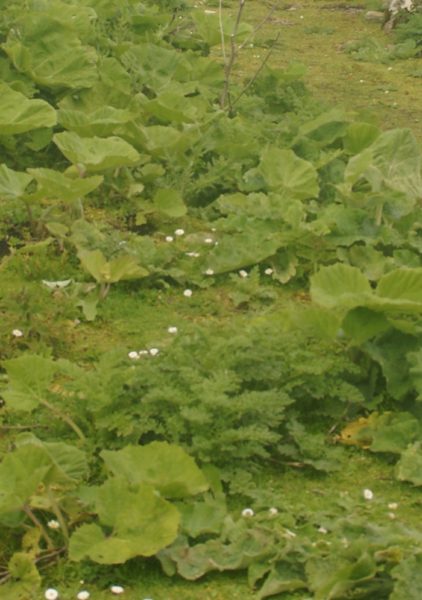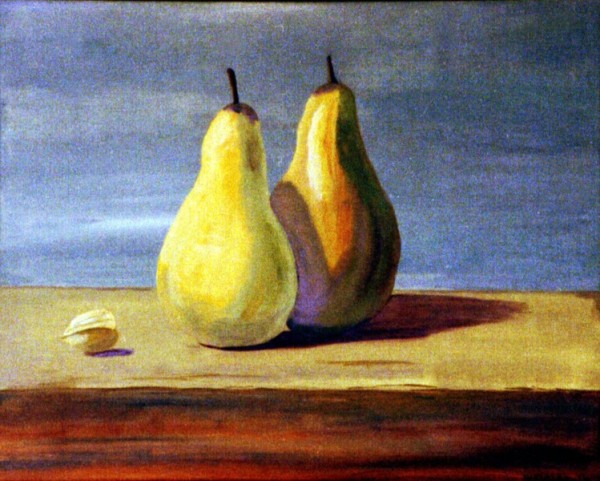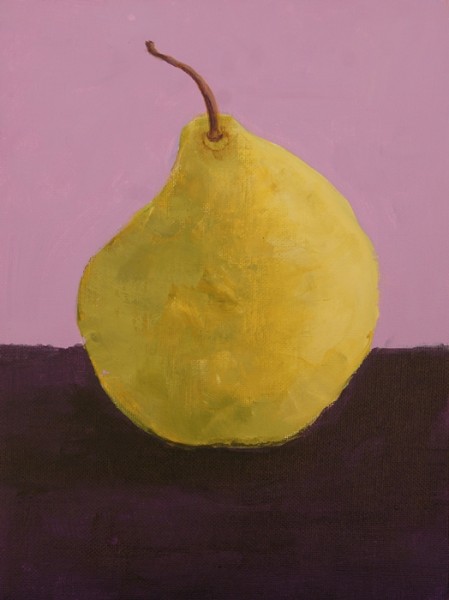If you read my blog with any kind of regularity, you know that I sometimes think a painting is finished, live with it awhile and then decide that it has some kind of major problem. I have just come to the point on the painting below that it is time to just stop and take a long look at it before proceeding.
Fortunately, next week I start an abstract painting class where I can work on what I want including getting feedback from the teacher Janet Bothne. If I feel stuck or think that I don’t know what to do next, I can get advice. So this class sounds perfect for me.
In addition, this class includes a critique time with the whole class where I can get or give feedback. I have been looking for an artist critique group for several years. I am excited about the idea that other people will be giving me opinions about my work.
I have friends who do not like to have their work critiqued. According to artist and blogger Sharon Hicks, “Some artists cringe at the mere thought of having their work critiqued. The very word ‘critique’ is based on the word ‘criticism’, and in our culture that word has taken on a negative connotation, since to criticize something usually means to point out its faults.”
According to the dictionary, however, the word critic derives from the idea of someone who judges, evaluates, or analyzes literary or artistic works, dramatic or musical performances. To me this is a neutral statement. Ideally a critic can give both positive and negative responses. It relates to the idea of useful criticism.
For me, good and useful criticism serves one purpose: to give the creator of the work more perspective and help them make their next set of choices. I like the idea of having a set of choices.
I am also open to critique right now. If anyone has ideas of where this painting needs to go next, I would be delighted to hear them.
